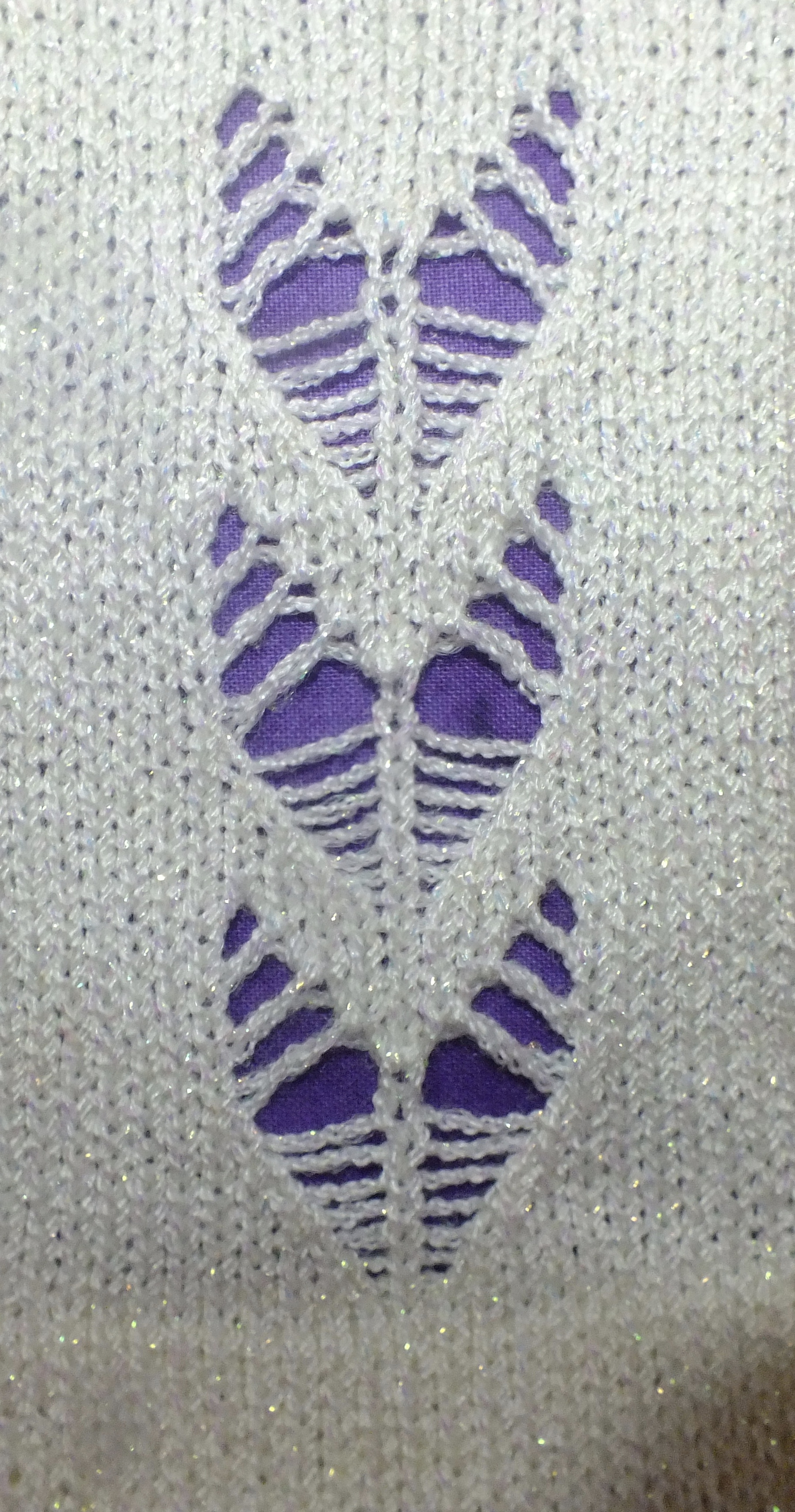Hi everyone. As you all know I have crossed the path to quilting and I love it. I am sure some of you are quilters or know quilters. One item that is suggested for quilting is a felted mat to press your quilting pieces on. They are quite pricey to buy. I made my own. I used a six ounce skein of fisherman’s wool from Joanns. I know I paid about 5.50 because I always waited for a 50% coupon. Lol.
Anyway, I used the full bed of the bulky machine, tension 8, e- wrap cast on and knitted till I had enough left to bind off. Then I put it in the washing machine using only hot water along with some things that would make it felt faster like my work tennis shoes , tennis balls etc.
The mat came out really nice. It is 14.5 inches by 20 inches. If you know a quilter, they would love this for a gift. If you are going to felt it, take some ravel cord or acrylic yarn and take the beginning and end and go back and forth with the cord loosely like you are lacing shoes. You don’t want the edges to felt together (If they do, no problem, just cut the felted piece. Then do that to the ends , but put several plastic shopping bags inside so it does not felt together. I did not put in a pillow case because I am getting a new washing machine tomorrow and don’t care if there are fibers left in this one. Haha When you get done if there are fibers sticking up just take a razor you use on your legs and shave off the strands. I wanted it large so it covers the new ironing cabinet I just bought. Trim the edges to make it a true rectangle. It won’t come undone. The brown mat is a felted purse I cut apart to see if it would work for pressing and it did.


Hope you are all still knitting and making lots of nice items!




 Hi Everyone, I hope you are all staying safe with this virus out there. I hope you have found the time you have now to enjoy being with your family as well as finding time to be creative and productive.
Hi Everyone, I hope you are all staying safe with this virus out there. I hope you have found the time you have now to enjoy being with your family as well as finding time to be creative and productive.
